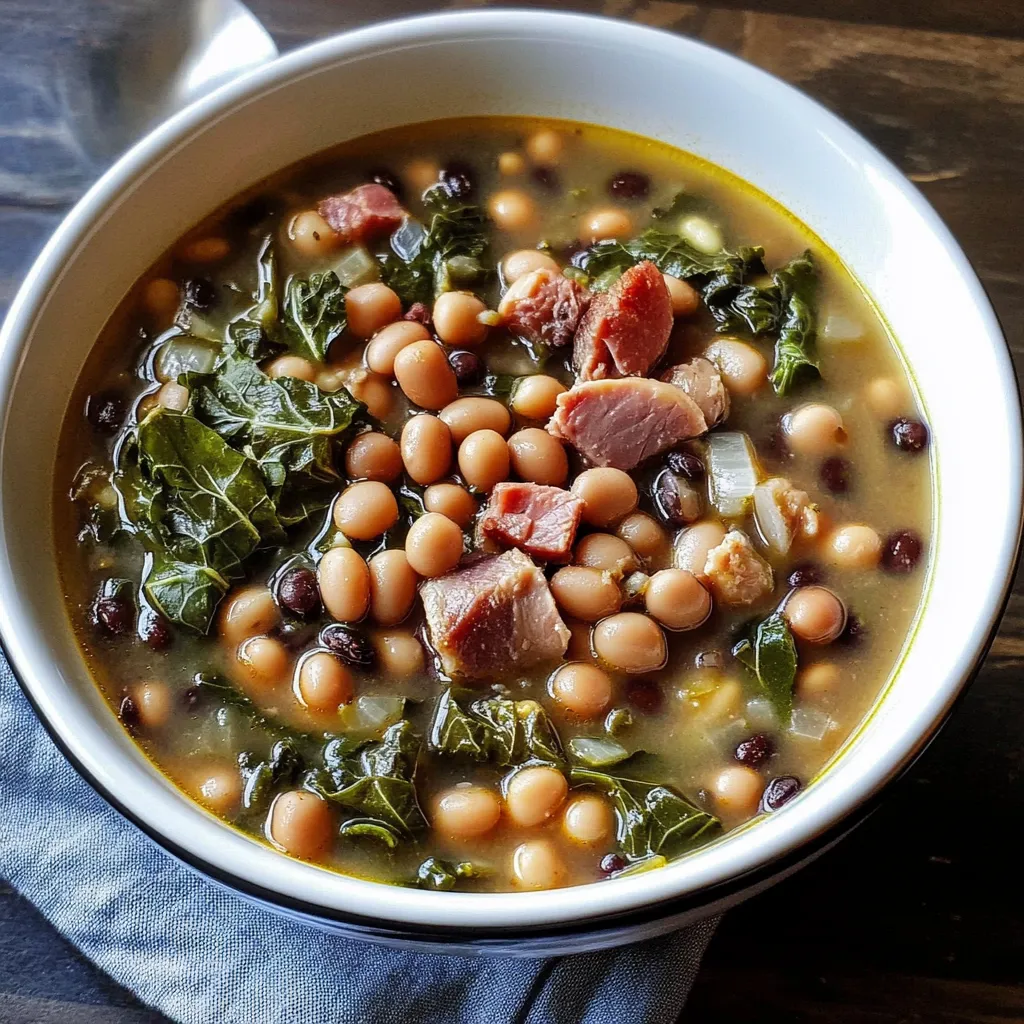 Save it
Save it
The warm, homey smell of black eyed peas and collard greens simmering away always takes me back to my grandma's cooking. I've tweaked her method for the slow cooker, keeping all those down-home Southern flavors but making it way easier for folks with packed schedules who still want that real comfort food taste.
I found out last winter that letting the ham bone slowly release its goodness made an even tastier broth than cooking on the stove. Something about the slow cooker's gentle, even heat seems to pull out every bit of flavor, making each helping better than the one before.
Key Components
- Ham Bone: Pick one that still has plenty of meat on it - this creates the base for all the yummy flavors
- Black Eyed Peas: Get dry ones that look even and unspotted for the best texture when cooked
- Collard Greens: Go for bunches with perky, dark green leaves with no yellowing - they'll stay nice during long cooking
- Wild Rice: The earthy taste and slight chewiness works perfectly with the soft peas
- Chicken Stock: Make your own if you can, or buy good quality low-salt versions so you can control the saltiness
- Apple Cider Vinegar: A tiny bit lifts all the flavors and helps soften those greens
- Aromatics (Onion and Garlic): Using fresh makes a big difference you can actually taste
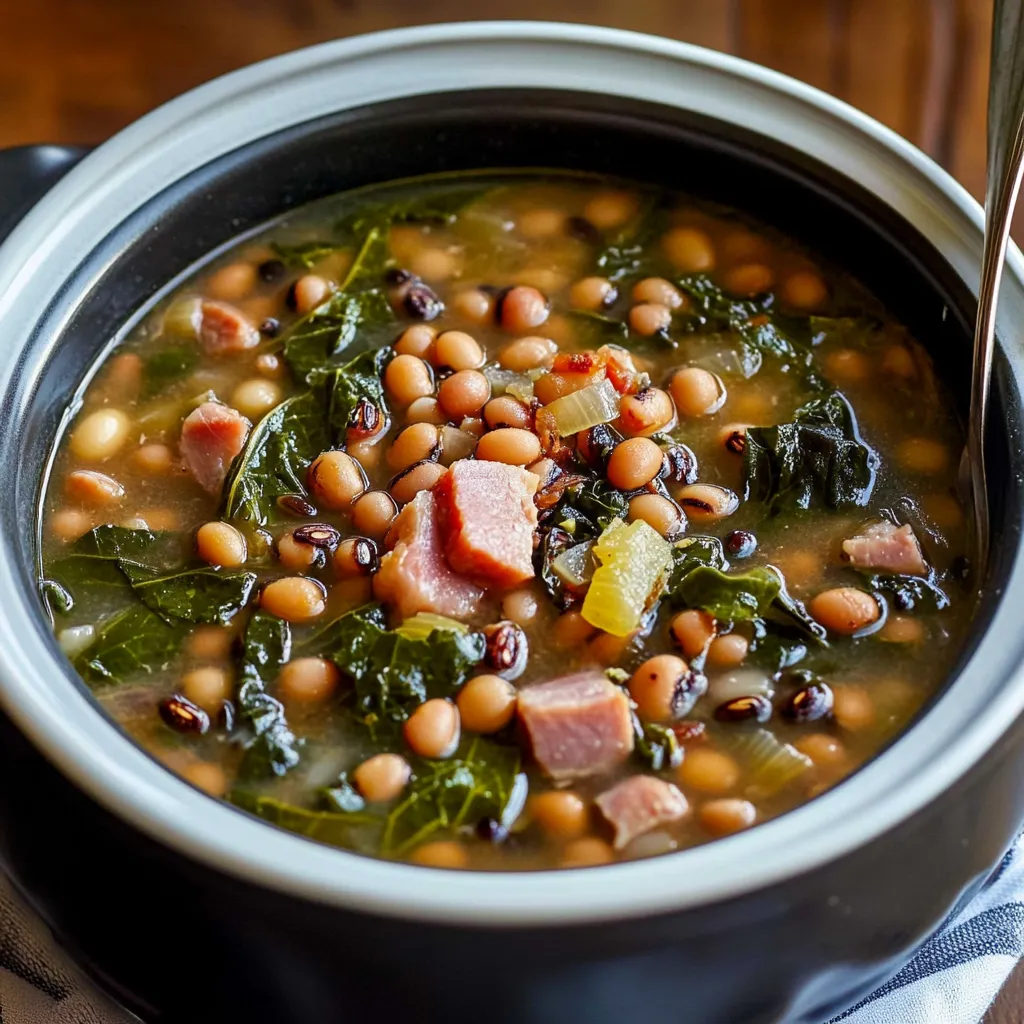 Save it
Save it
Step-by-Step Process
- Getting Started (15 minutes):
- Sort through your black eyed peas, taking out any weird-looking ones or bits of debris. Wash peas in cold water until the water runs clear. Cut off the tough collard stems and chop leaves into 2-inch chunks. Cut onion into even pieces and finely chop garlic for better flavor throughout. Put the ham bone right in the middle of your cooker so it flavors everything evenly.
- Building Flavors (10 minutes):
- Start with the ham bone at the bottom of your slow cooker. Scatter chopped onions and garlic around it. Pour chicken stock over everything, making sure it goes about an inch above the ingredients. Add your spices and tomato sauce. Gently mix without moving the ham bone too much.
- First Cooking Stage (2 hours):
- Add your black eyed peas and collard greens. Cover and cook on High so the peas start to soften. Don't keep lifting the lid since that lets heat escape. If possible, just peek through the glass lid to check liquid levels.
- Adding Rice (3-4 hours):
- Turn heat to Low before adding wild rice. Make sure the rice is completely covered by liquid. Keep cooking until rice feels tender but still has a bit of bite to it. Check now and then so the rice doesn't get too mushy.
- Last Steps (30-60 minutes):
- Carefully lift out the ham bone with tongs. Pull off any remaining meat while it's still warm. Put the shredded meat back in the pot. Let everything mingle together on Low heat.
I learned so much watching my mom make this dish. She always told me, 'Don't rush it - let the slow cooker work its magic.' After making this recipe for years, I see she was right. That ham bone especially needs plenty of time to share its deep, rich flavors.
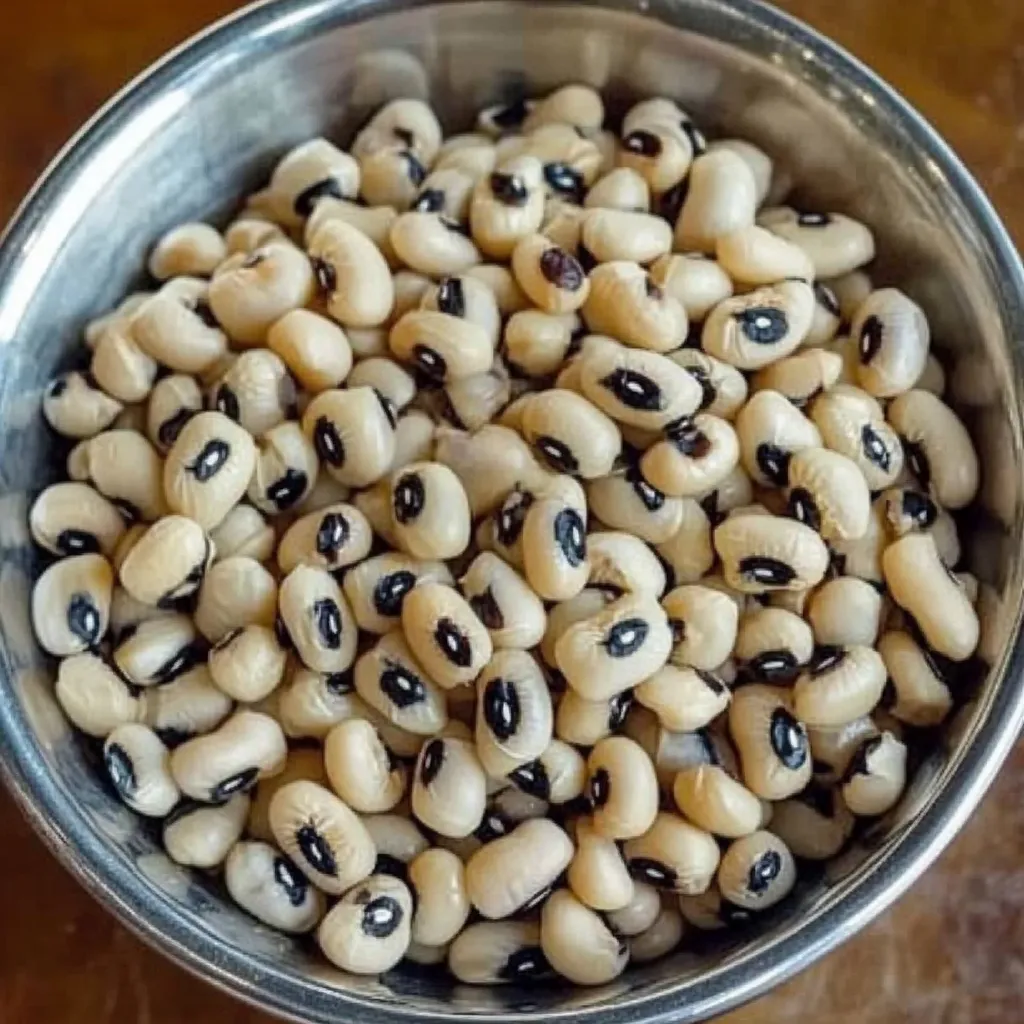 Save it
Save it
Heat Control
Getting to know your slow cooker matters a lot. They all heat differently, so the first time you make this, check how soft the peas are after about 90 minutes. If they're still pretty firm, you'll probably need the full 2 hours on High before switching to Low.
Perfect Consistency
Getting everything just right comes down to having the right amount of liquid. Your peas should be creamy but not mushy, greens should be tender but still have some structure, and the wild rice should be chewy but not hard. If things look dry, add some hot stock while cooking.
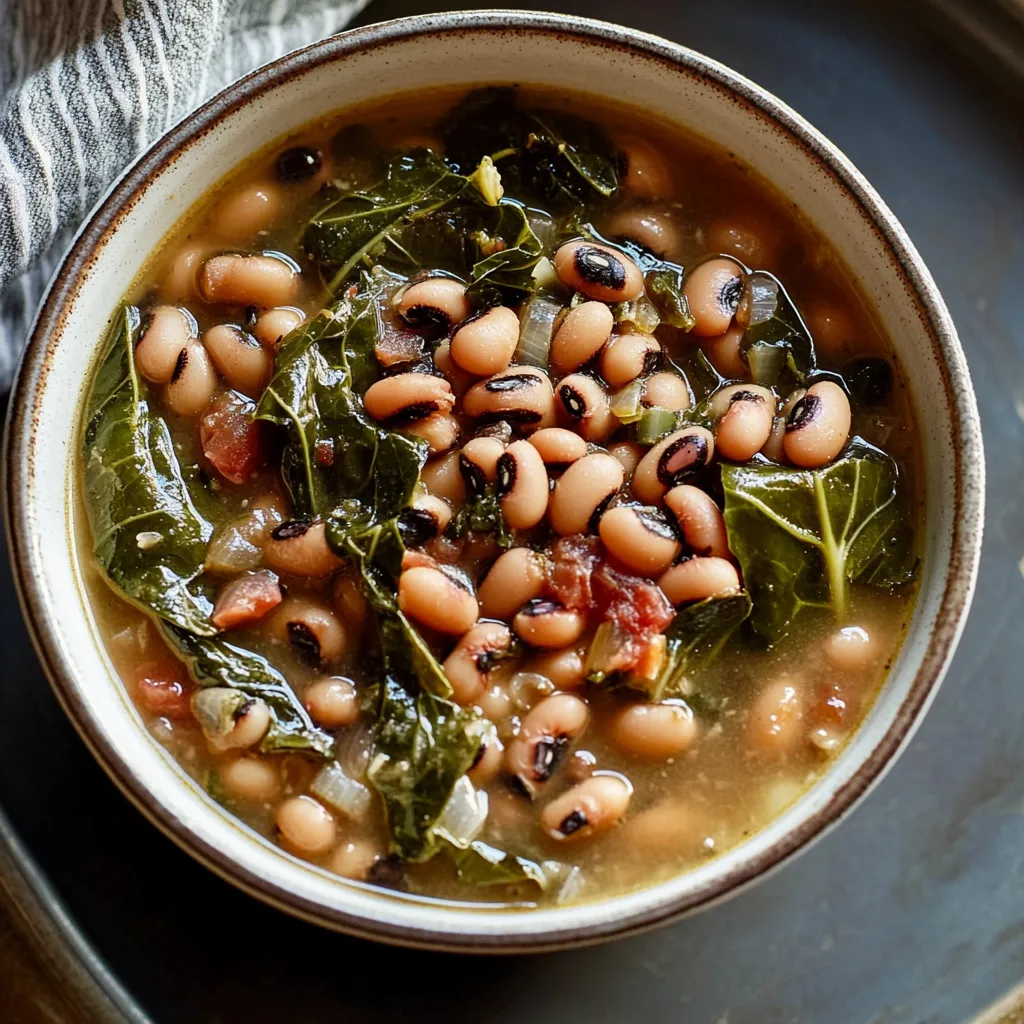 Save it
Save it
Flavor Development
As everything cooks, the flavors get stronger, so go easy with seasonings at first. That ham bone adds plenty of saltiness on its own, and you can always adjust the taste in the final hour. I've learned to wait until the end to add any spicy stuff like cayenne or hot sauce.
Next-Day Possibilities
This dish actually tastes better the next few days as all the flavors keep blending together. I've found the leftovers make awesome Southern-style breakfast with a poached egg on top, or you can turn them into a hearty soup by adding extra broth and some fresh chopped veggies. The wild rice stays pleasantly chewy even when reheated.
Ways to Serve
The classic way to enjoy this is in deep bowls with some cornbread on the side, but it's just as good over grilled polenta or next to some roasted sweet potatoes. When I have a bunch of people over, I put out bowls of toppings like fresh chopped onions, diced tomatoes, different hot sauces, and fresh herbs so everyone can make theirs just how they like it.
Prep in Advance
When I know mornings will be crazy busy, I get everything ready the night before. I store all my chopped veggies in containers and measure out all the spices ahead of time. This makes morning setup super easy, though I wait to chop the collards until right before cooking so they stay bright green and full of nutrients.
Dietary Changes
While the traditional version uses ham bone, I've made this for my vegetarian friends with smoked mushrooms and veggie broth, and it turned out great. The trick is adding smoky flavors with things like smoked paprika or a few drops of liquid smoke. If you're cooking for folks who can't have gluten, double-check what's in your stock.
Different Local Styles
As I've traveled around the South, I've tried so many versions of this dish. In Georgia, some cooks add a bit of sorghum syrup for sweetness. Folks in Louisiana often start with the Trinity mix (onion, celery, and bell pepper). And some families in Mississippi swear that adding okra in the last hour makes it even better.
Expert Cooking Advice
Don't throw away those collard stems - chop them up fine and add them with the onions for extra texture. For more flavor, cook the onions and garlic in a pan before they go in the slow cooker. I also keep cooked black eyed peas in my freezer - they thaw beautifully and can give you a head start on this recipe.
This slow cooker take on a Southern favorite shows you can have both convenience and tradition. After years of making this dish, I've realized it's not just about what goes in or how long it cooks - it's about the care and time that goes into making food that brings folks together. Whether you serve it on New Year's Day or for Sunday dinner, these black eyed peas and collards carry on a tasty tradition while helping create new memories around your table.
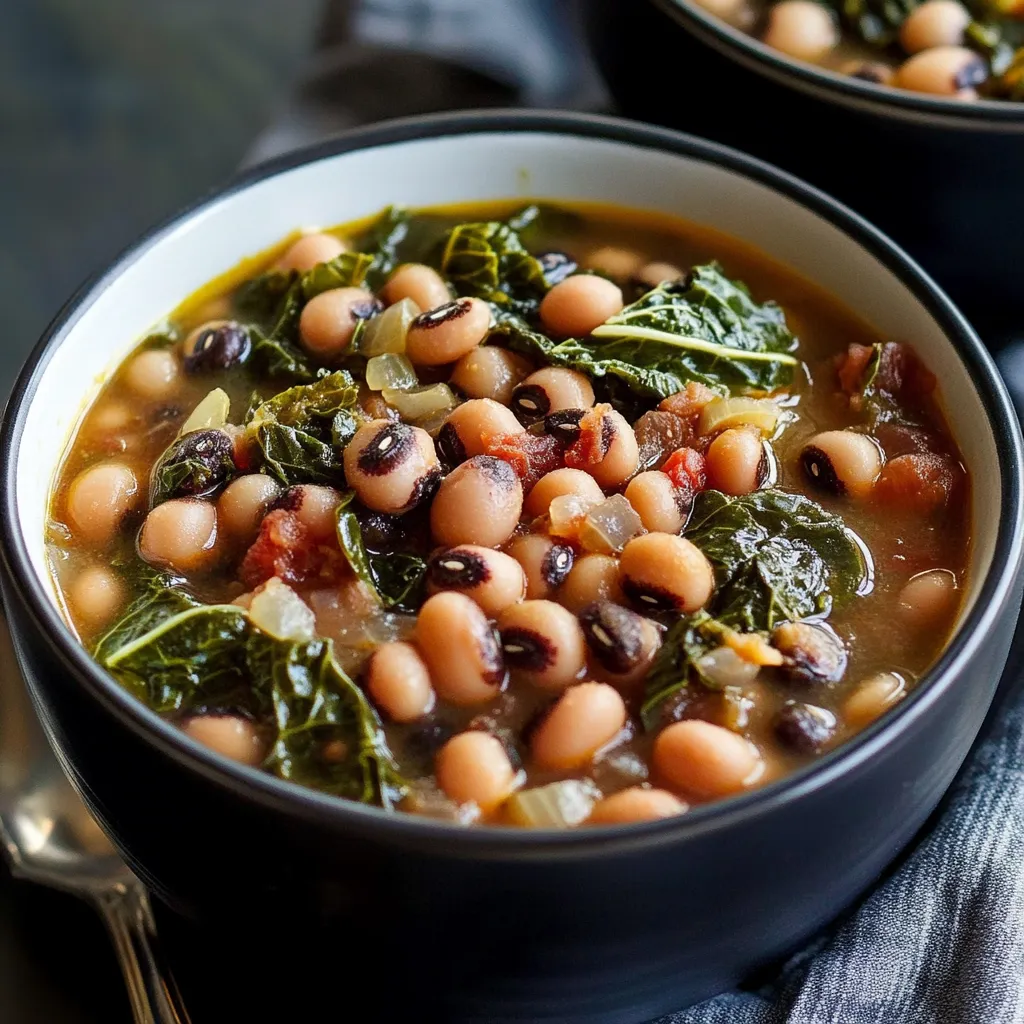 Save it
Save it
